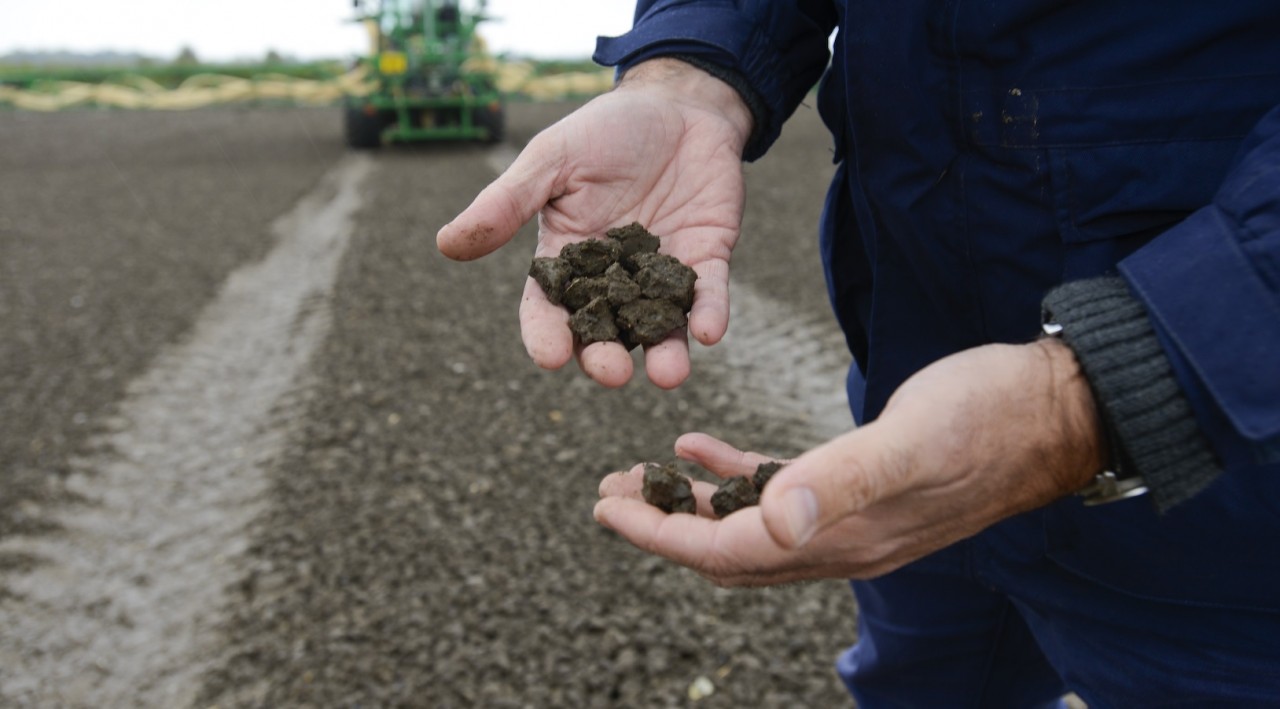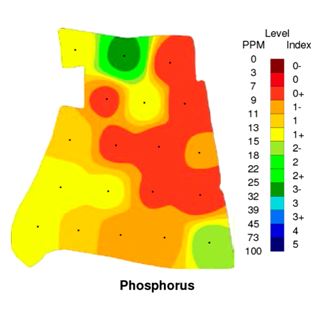Carbon Farming: Part Two
Reducing your carbon emissions
This is part two in our carbon management blog series. To read part one, click here.
Carbon sequestration
Farmers are in a unique position of having great power to implement carbon sequestration measures. Carbon sequestration is the technical term for carbon capture. Carbon can be captured in the oceans, in natural rock formations, and in the earth. As an industry that deals heavily in soil management, agriculture is in a unique position for optimising on carbon sequestration opportunities.
Carbon in soil
Soil naturally stores carbon stock. This is part of the process of photosynthesis. Plants absorb carbon from the air for growth. What isn't used is released into the soil through the plants' roots. All arable growth captures carbon. As do natural features such as bogs and grass leys. By using available land carefully, farmers can vastly increase the volume of carbon their land is able to store.
In the same vein, the choice of practices a farmer employs will affect how much carbon stock is released when they cultivate the land. When land is heavily or repeatedly tilled, carbon that is stored in the earth is released. Therefore, practices which increase the time the land is undisturbed, and those which increase plant coverage, are beneficial to carbon capture.
Practical measures to increase carbon sequestration include:
- Changing cropping to include more grass leys
- Not leaving land bare for long periods
- Reducing tillage intensity
- Including longer-term crops
- Use of cover crops
- Sustainable rotation
- Careful selection of nitrogen products
- Variably applying fertiliser
- Precision farming
- Using organic manures correctly.
Smart farming techniques
Precision farming is one method of reducing carbon output that is also a highly economical choice. A division of Frontier, SOYL is the leading provider of precision farming services and technology, supporting farmers to improve the economic, agronomic and environmental performance of their businesses.
Much of this is delivered through SOYL's online precision data management application, MySOYL – part of Frontier's MyFarm platform. The application offers advanced analysis tools such as nutrient mapping and the use of satellite imagery, which can guide carbon management efforts.
The image on the right shows an example of nutrient mapping. This is used to indicate soil pH or nutrient deficiencies across the analysed land. With this data, growers can then target their fertiliser applications with a high level of accuracy, giving each part of the field the nutrients it needs to optimise plant growth. This is known as variable rate application, i.e. adjusting how much fertiliser is applied in each area according to the map data and making more informed product choices through the deeper insight the nutrient profile provides.
In combination with the expertise and advice of an experienced agronomist, farmers can economise on their use of fertilisers while seeing better yields by using nutrient mapping and satellite imagery. These tools allow growers to monitor crop development and match nitrogen applications accordingly.
In short, precision farming allows us to reduce emissions per tonne of grain/output by improving efficiency via variable seed rates and fertiliser inputs. This, in turn, reduces the production of GHGs, excess run-off and fuel use. It also allows farmers and agronomists to keep close track of any changes in soil health and function including organic matter levels, which are currently a key measure of carbon stored in soils.
Find out more at our SOYL website.
Natural capital management
Managing our natural capital is one of the key ways we can reduce our carbon footprint. That is to say, how we use our land, the natural features we create and maintain, and what we choose to grow, has a big effect in terms of carbon production and sequestration.
In this section, we'll take a look at a few ways to manage your natural capital. For a more detailed overview, we recommend reading this blog from our Kings Crops Sales Manager, Richard Barnes.
Peatlands
Peatlands are an exceptional resource in the fight against global warming. According to the International Union for Conservation of Nature (IUCN), peatlands are the largest natural terrestrial carbon store. Peatland worldwide captures 0.37 gigatonnes of carbon dioxide a year – that's more carbon than all other types of vegetation combined.
Therefore, if you have peats on your land, conserving them is key. Similarly, if you have spare land, creating natural bogs is a huge step towards reaching those net-zero goals.
Other measures
Other practical measures for managing natural capital include planting trees and hedgerows, making use of renewable energy, and implementing green infrastructure.
Kings Crops
Our Kings Crops division offers a range of natural capital management services and advice, suitable for reducing carbon emissions and improving farming technique overall. Services include crop establishment, soil testing, trials and expert advice on when to sow.
Next week, we'll be publishing the final release in our three-part carbon management blog series. We'll be covering the following topics:
- Ecological Focus Areas (EFAs)
- Stewardship
- Getting help with managing your carbon.
To be notified by email each time a new blog is published, you can easily subscribe via our website.
In the meantime, if you'd like to speak to a Frontier representative about any of the above, contact us today on 01522 860000 or email us at This email address is being protected from spambots. You need JavaScript enabled to view it..
As a subscriber, you’ll receive email alerts each time a new blog is published so you can always stay updated with the latest advice and insights from our experts





Comments